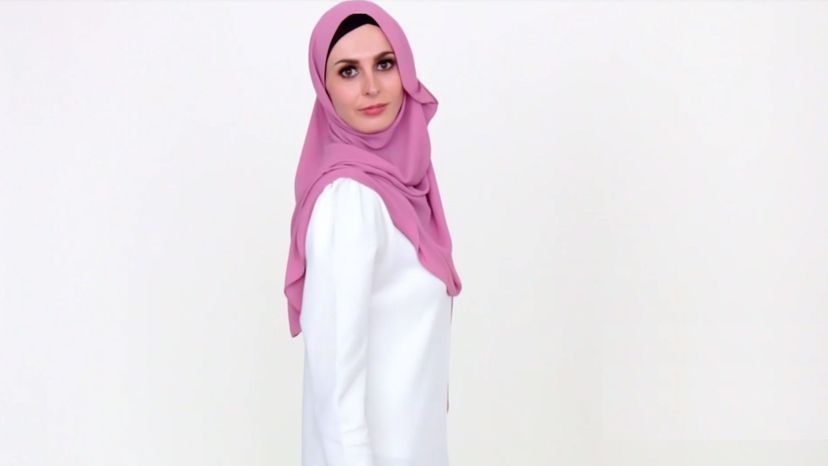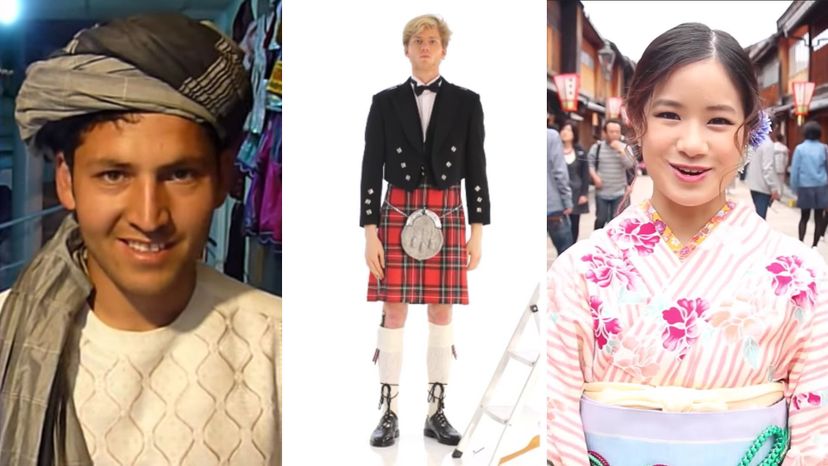
About This Quiz
What do you know about other countries? From the languages we speak to the food we eat, there is something special about every country. However, nothing speaks more about the country and its history than the traditional clothing.Â
People around the world know some traditional clothing really well; the kimono, for example, or the colorful sari we've seen countless times in Bollywood films. However, when it comes to identifying tudung, vyshyvanka, or sarafan, a lot of people have no idea what they are looking at. Is it a dress? Is it a shirt? Who knows! It might impossible to know it all, but we bet you've seen most of these costumes before!Â
Traditional dress represents the history and prestige of the country. For centuries, traditional attire has been an essential part of people's lives and culture. Even though today traditional clothing has partially lost its original meaning, people still wear them during cultural festivals, weddings, and other important events. Traditional costumes, usually inspired by the wearer's customs and history, give that feeling of beauty and respect to the person who is proud to be from this particular country.Â
Do you know what Muslim women wear? What about the traditional attire of Russian men? Take this quiz to find out!Â
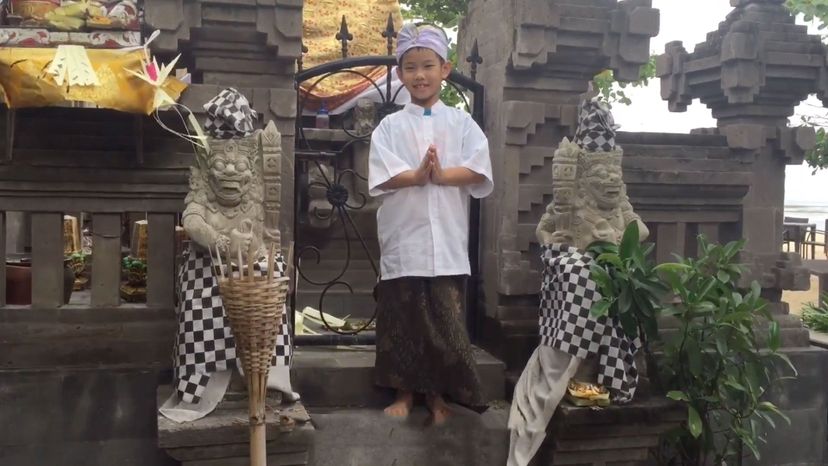
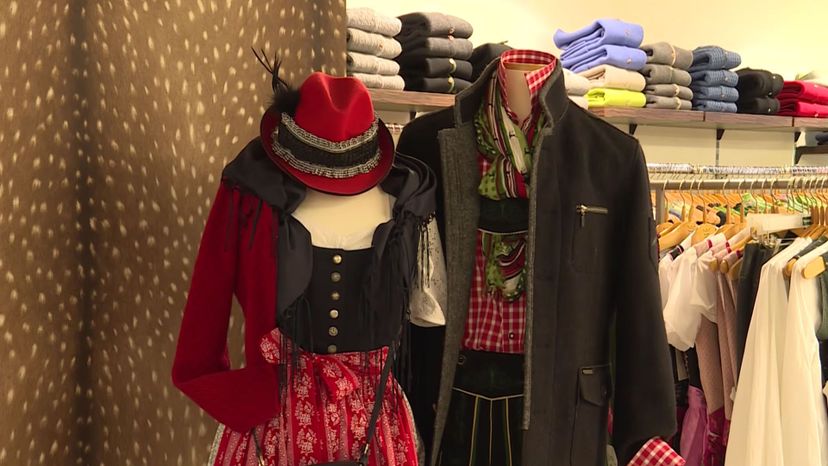
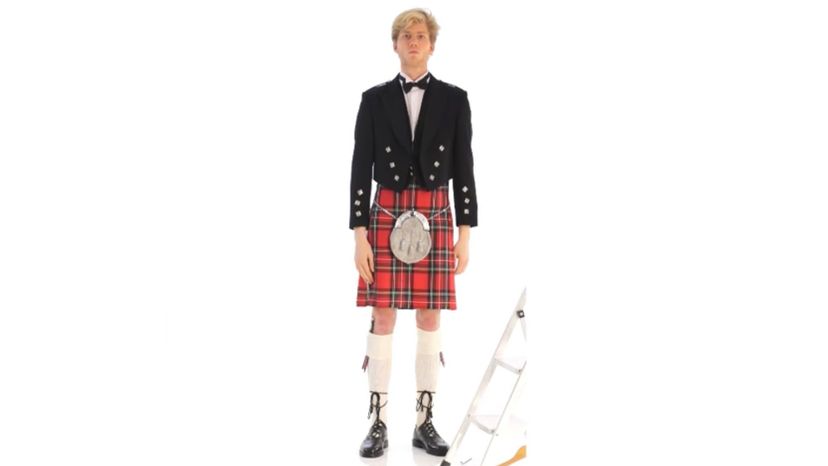
Advertisement
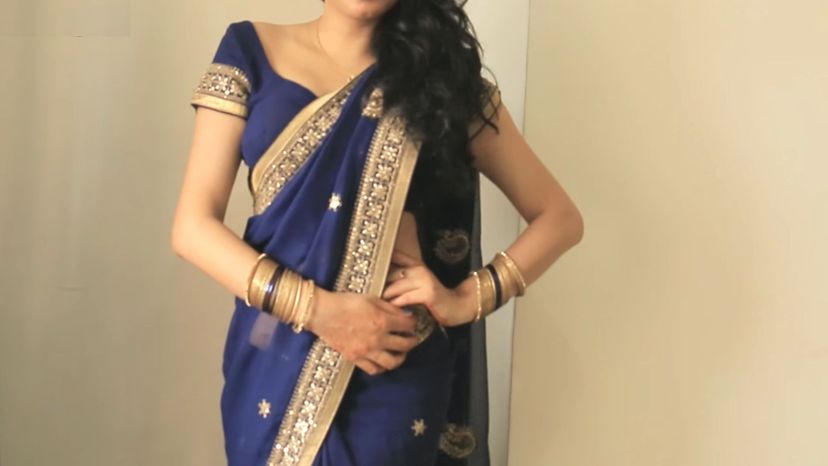
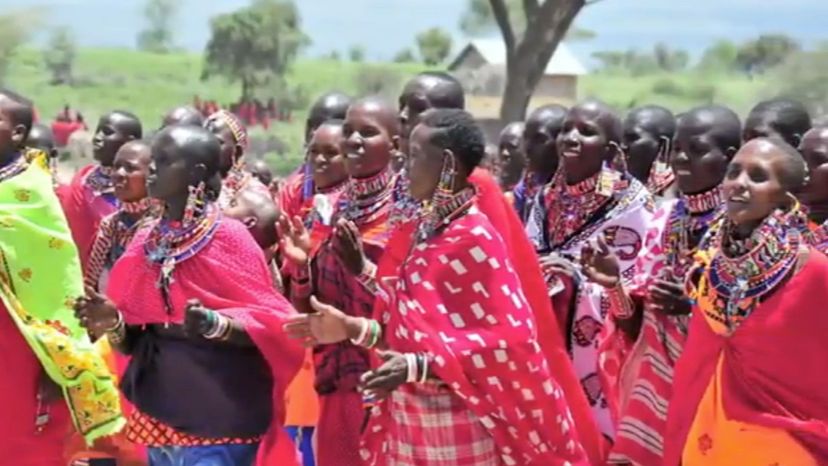
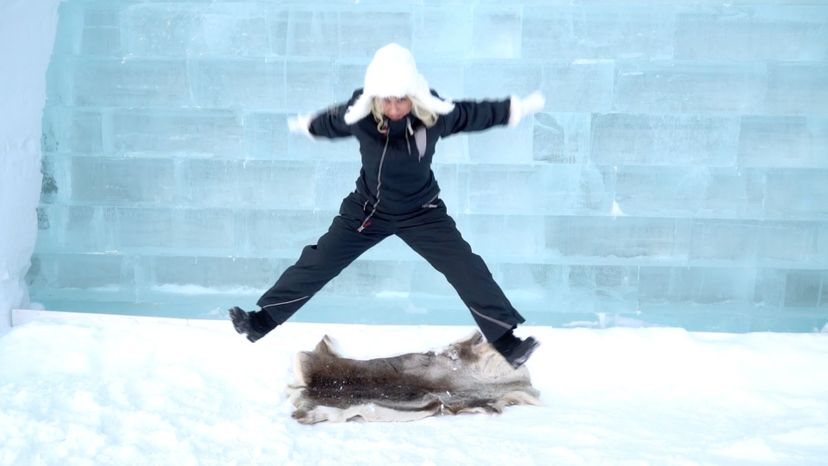
Advertisement

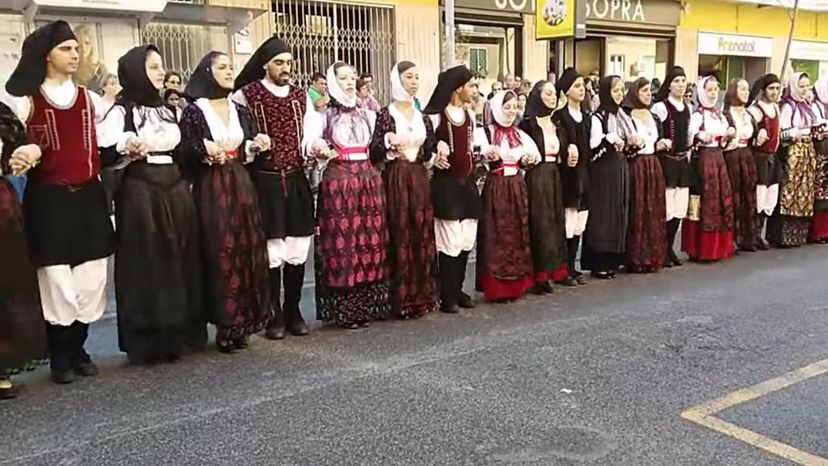
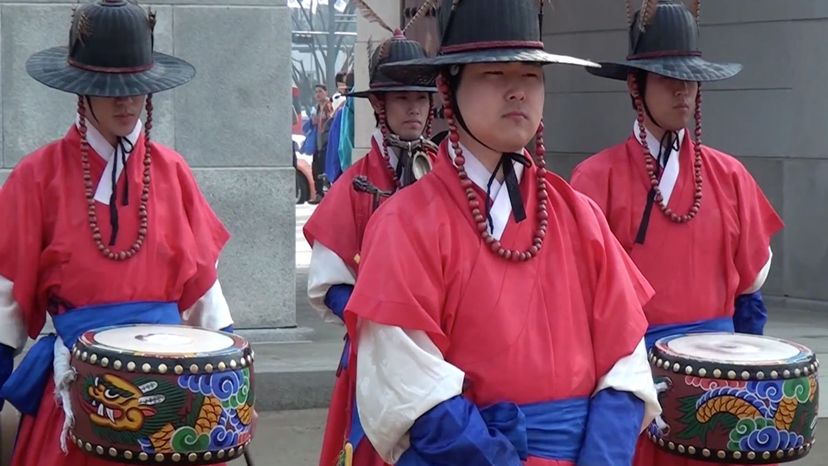
Advertisement
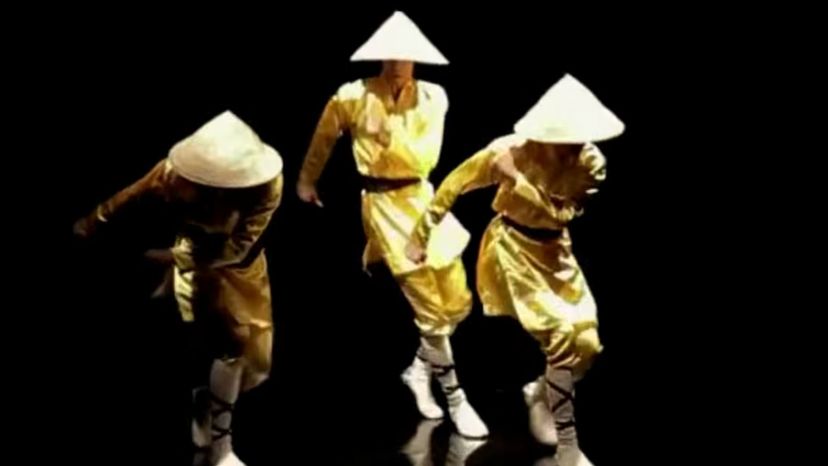
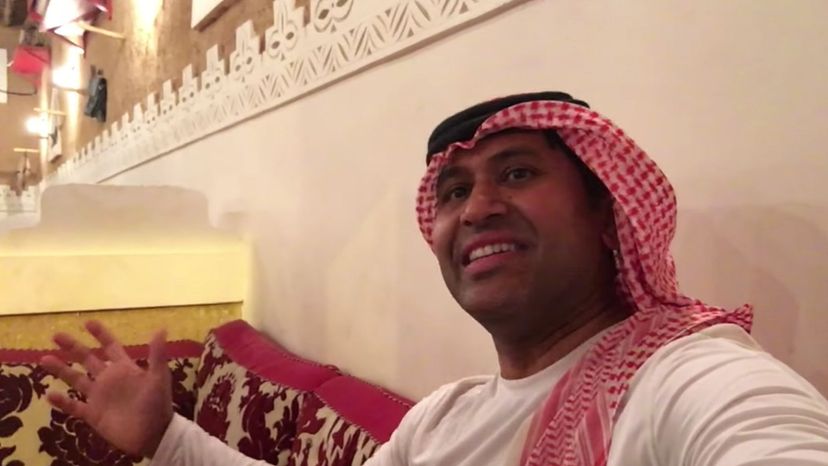
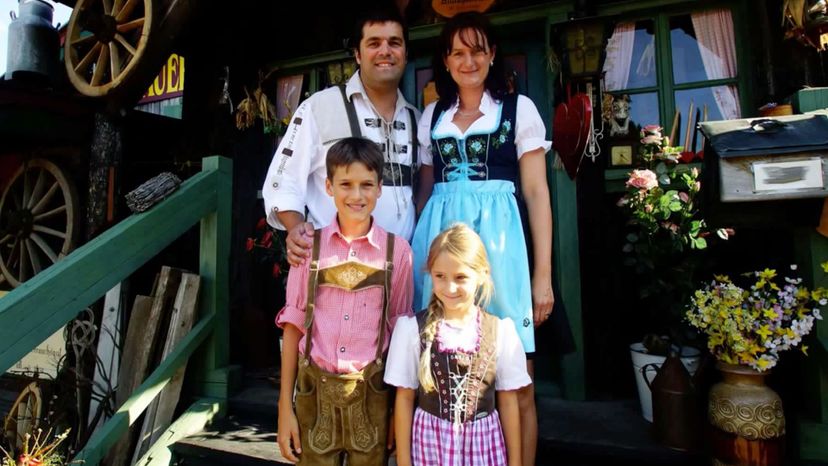
Advertisement

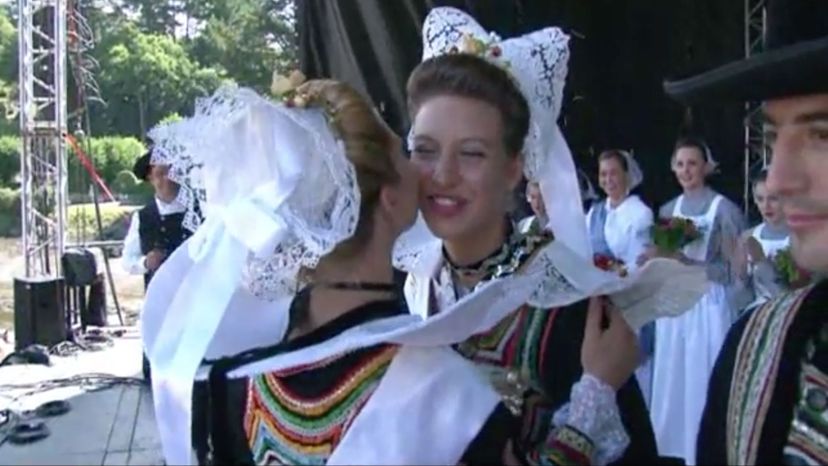
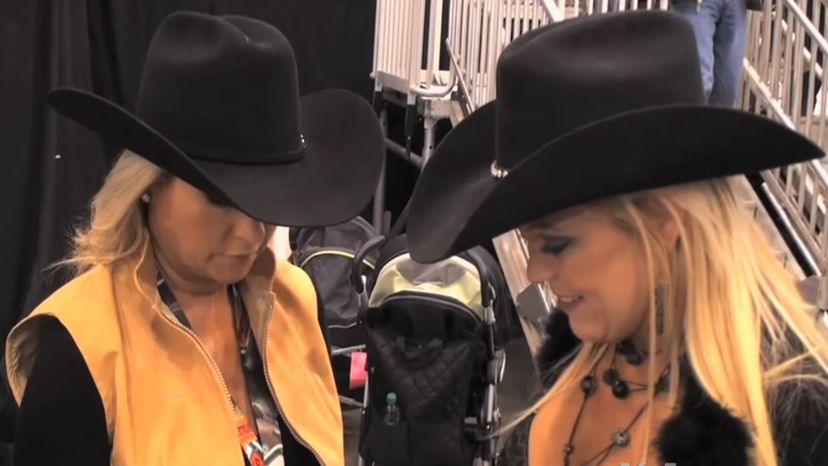
Advertisement
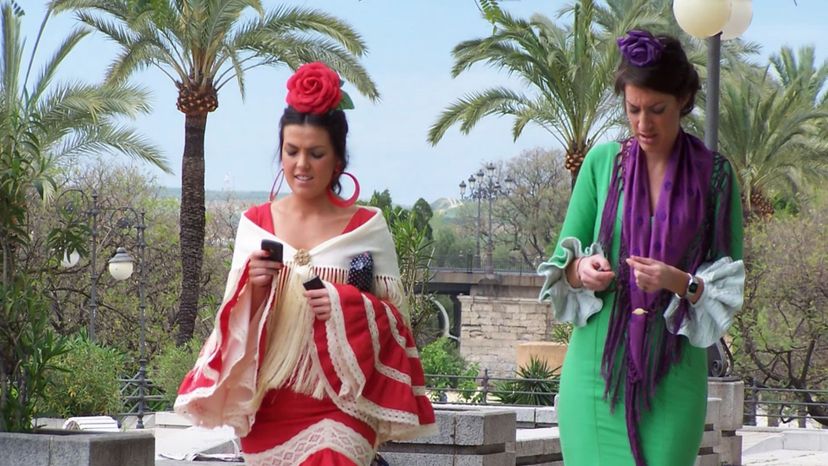

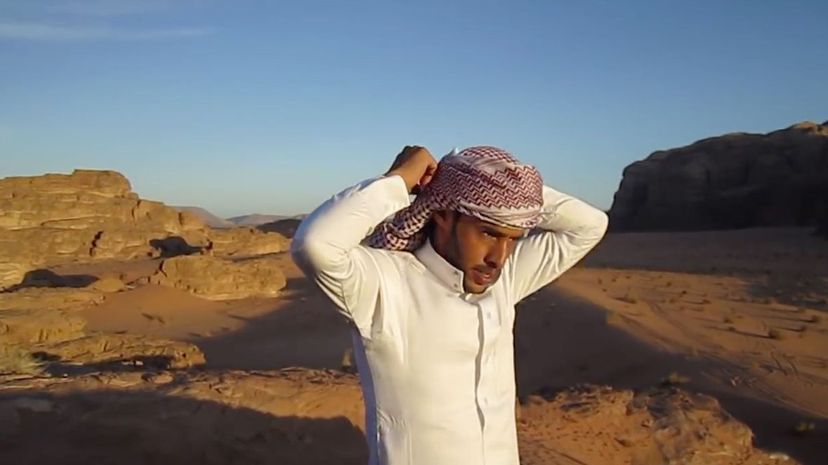
Advertisement
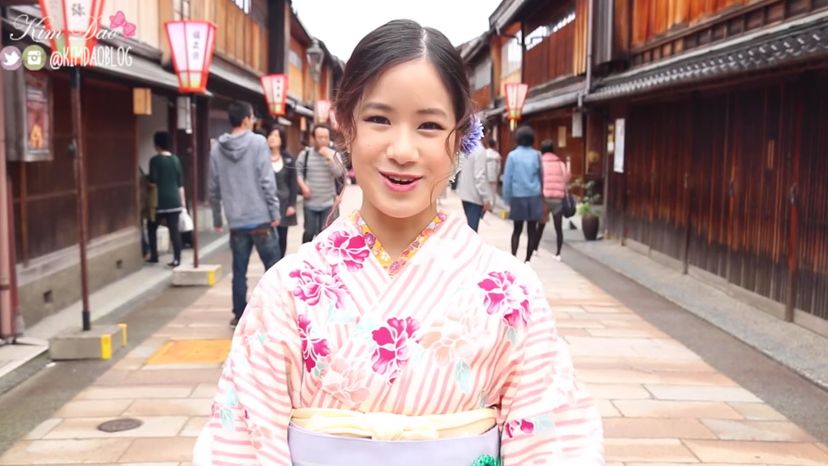
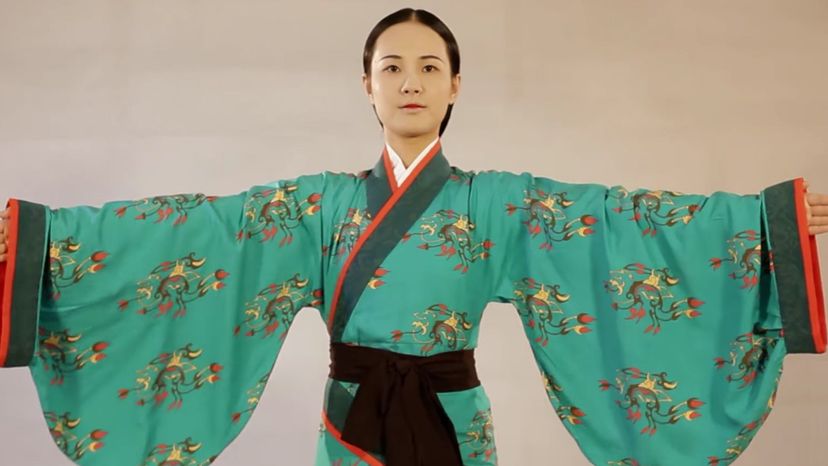

Advertisement
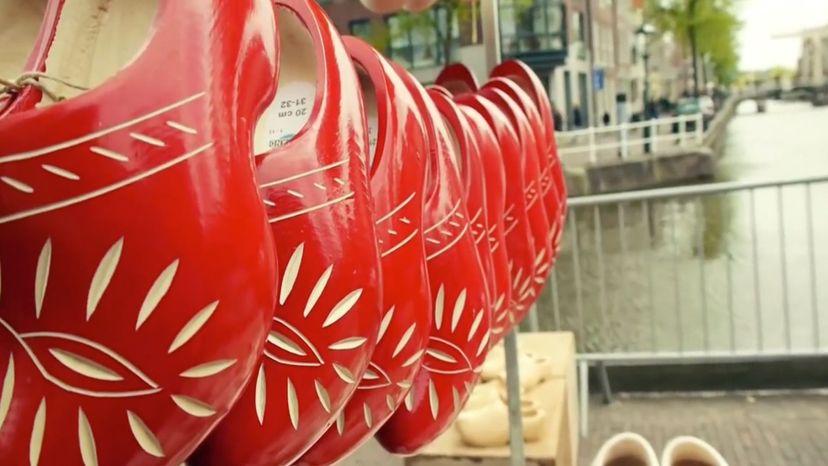
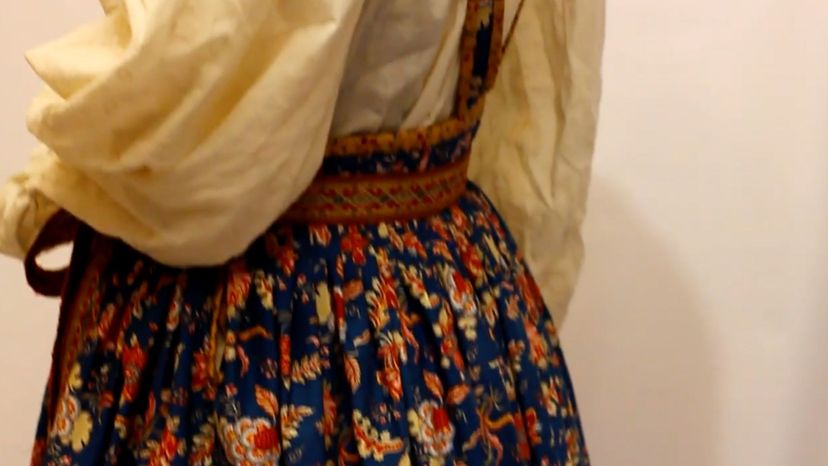

Advertisement

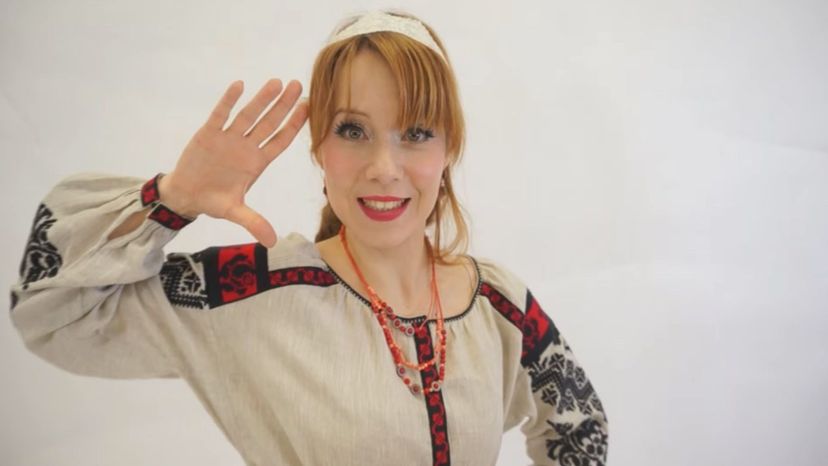
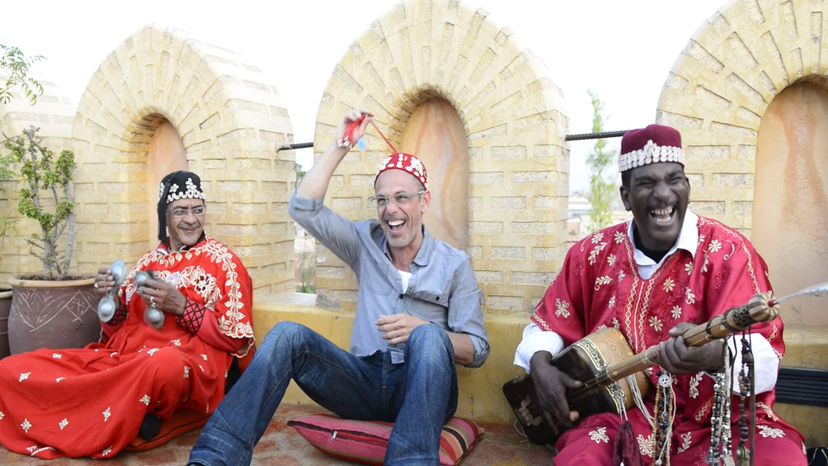
Advertisement
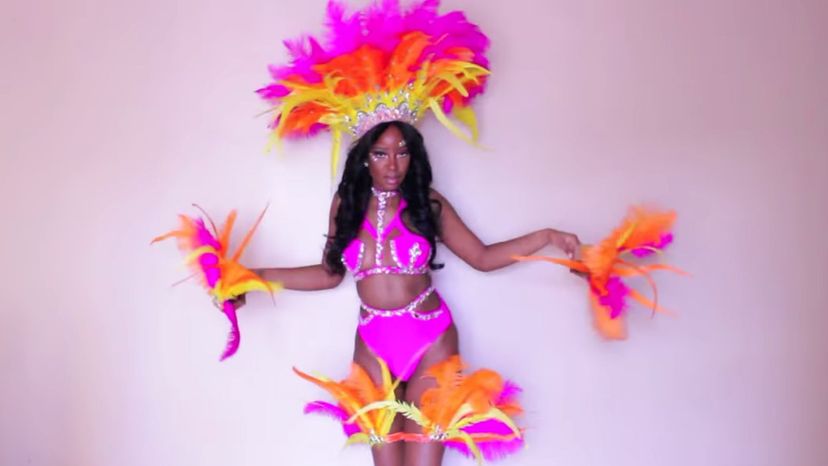
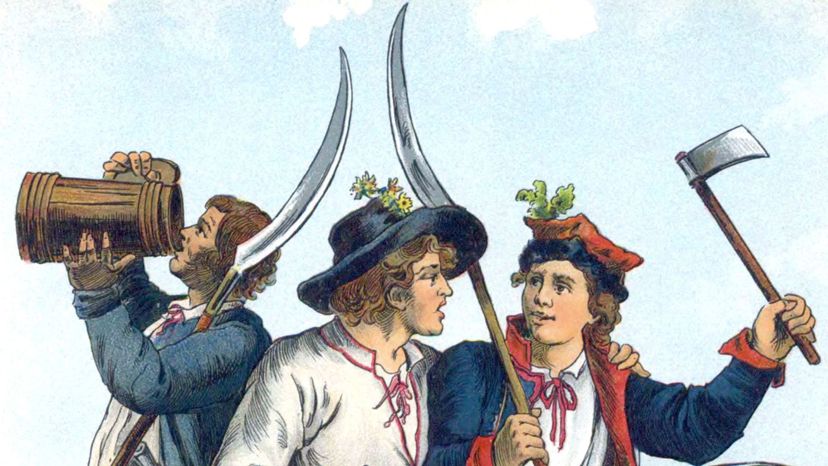
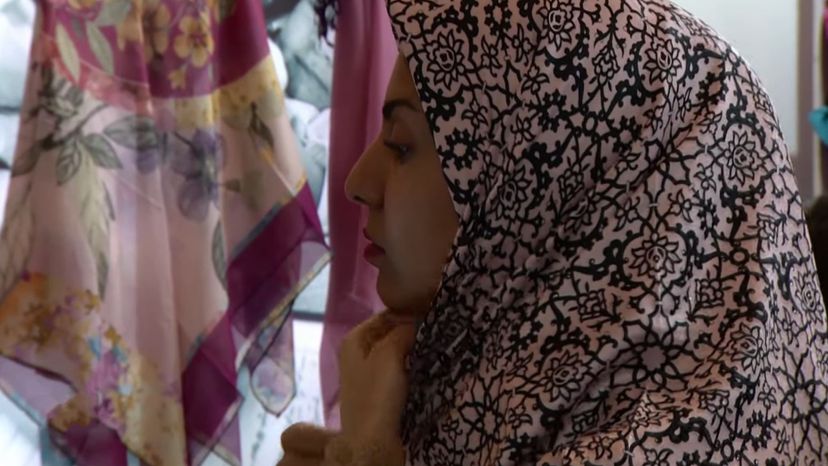
Advertisement
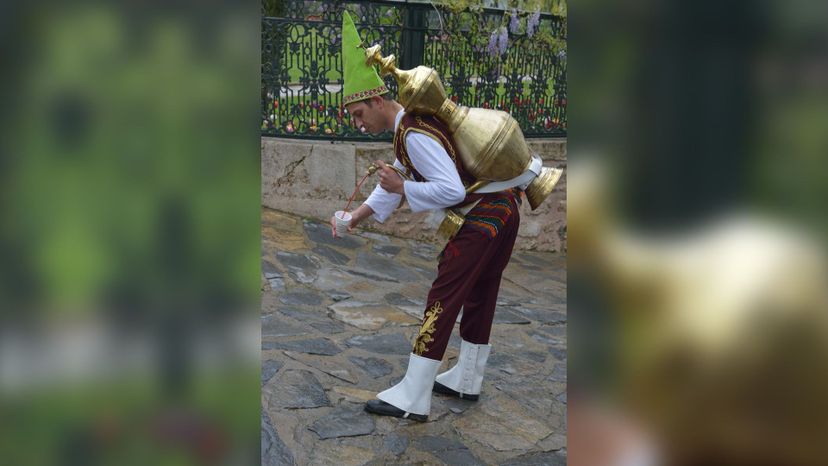
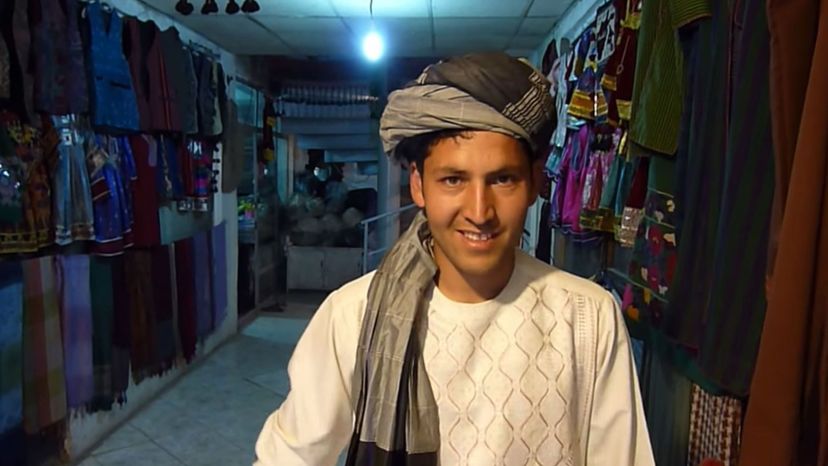
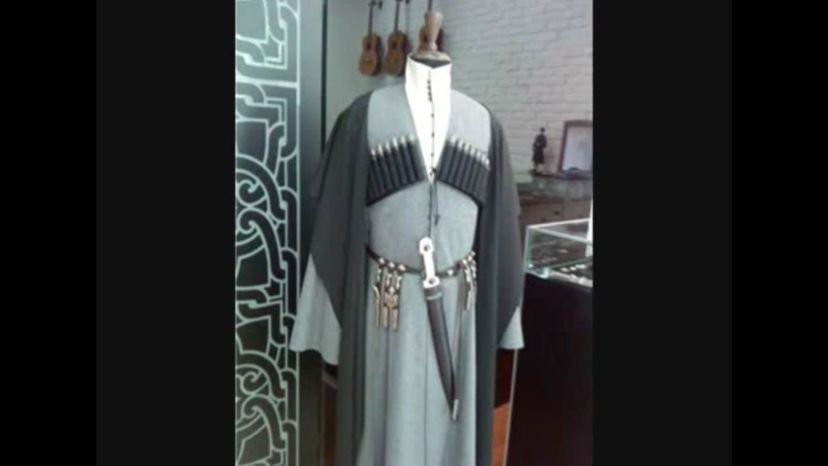
Advertisement
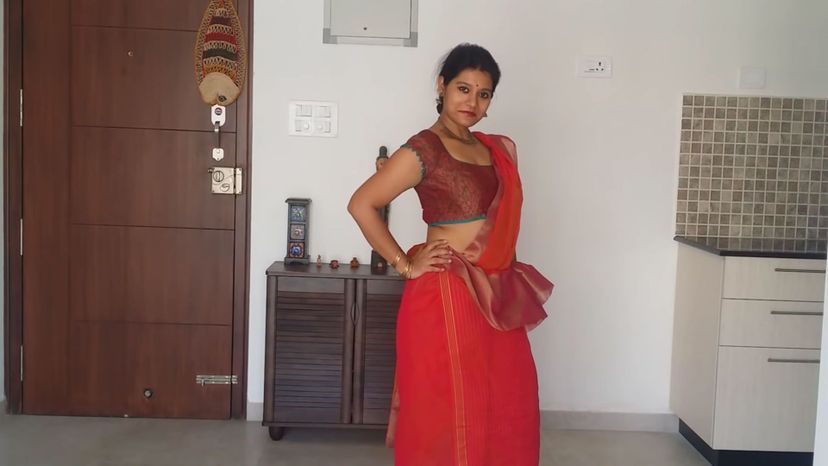
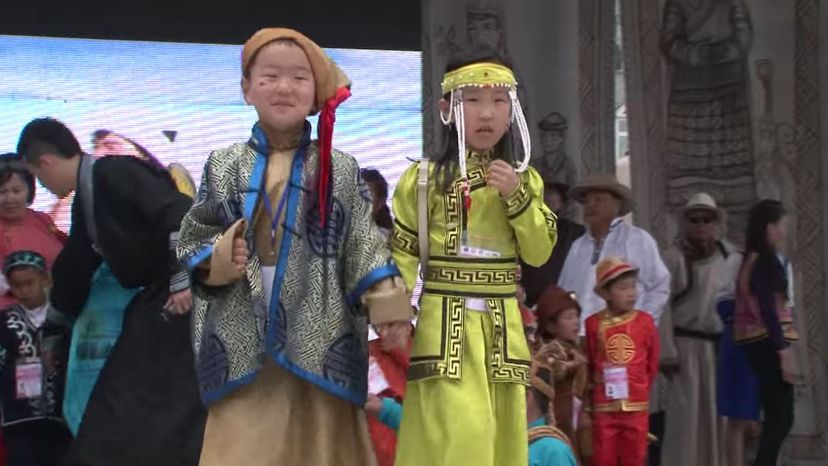
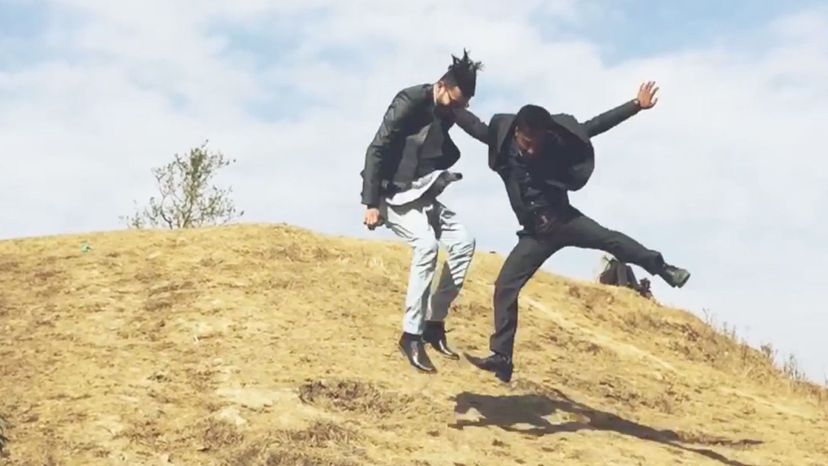
Advertisement
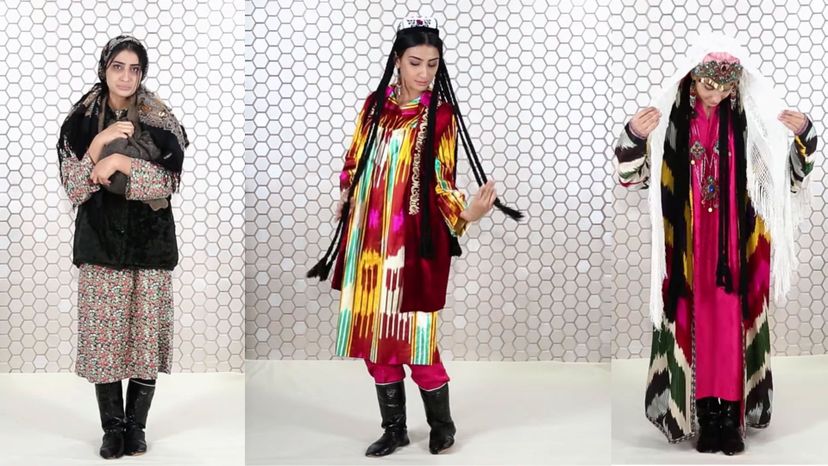
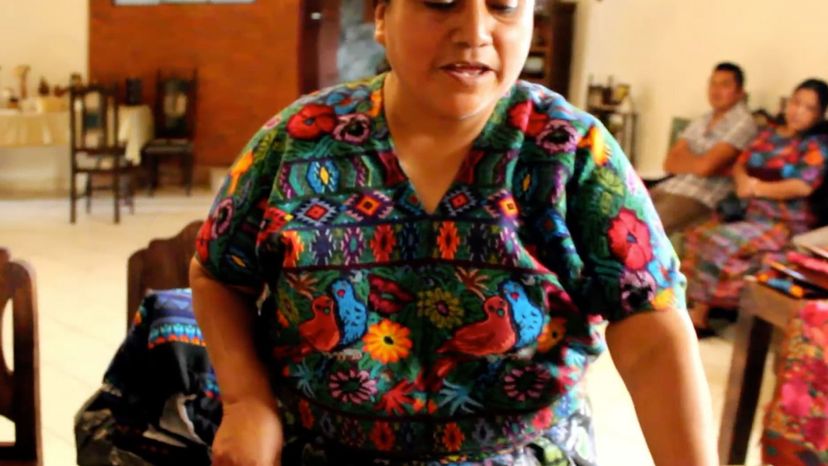
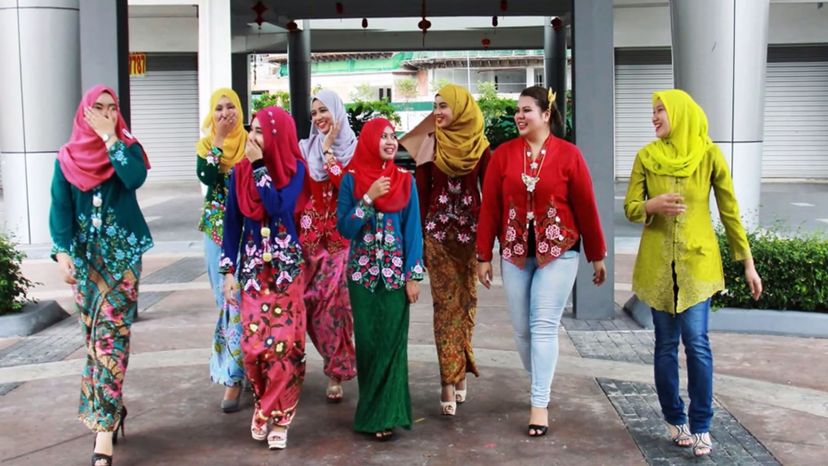
Advertisement
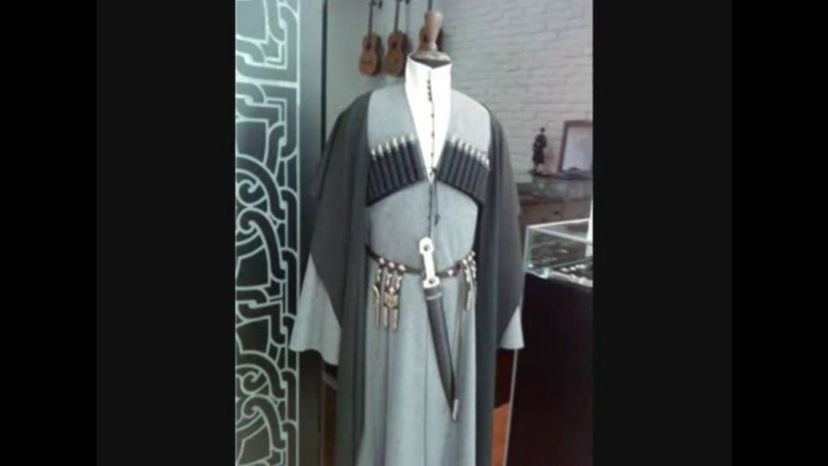
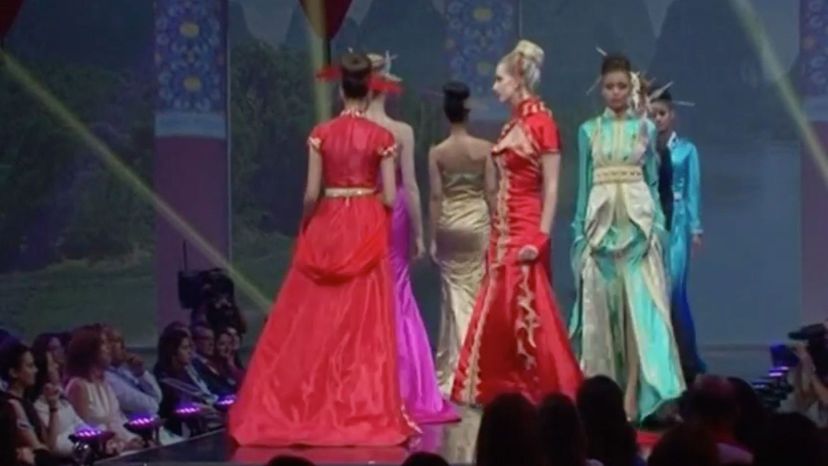
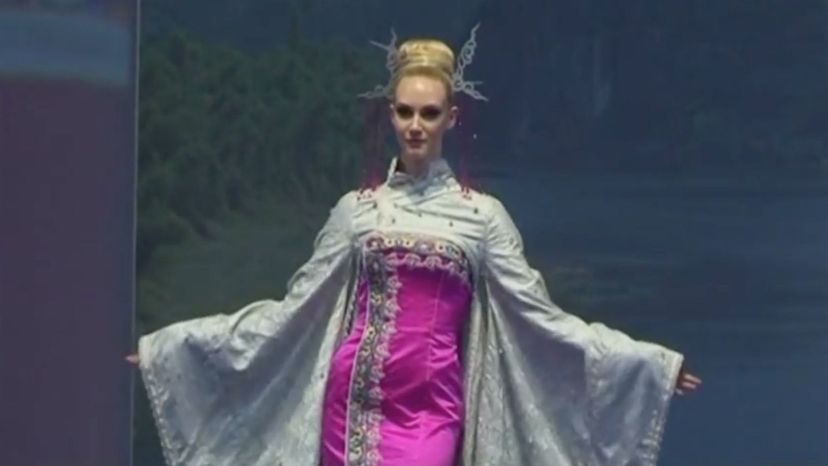
Advertisement
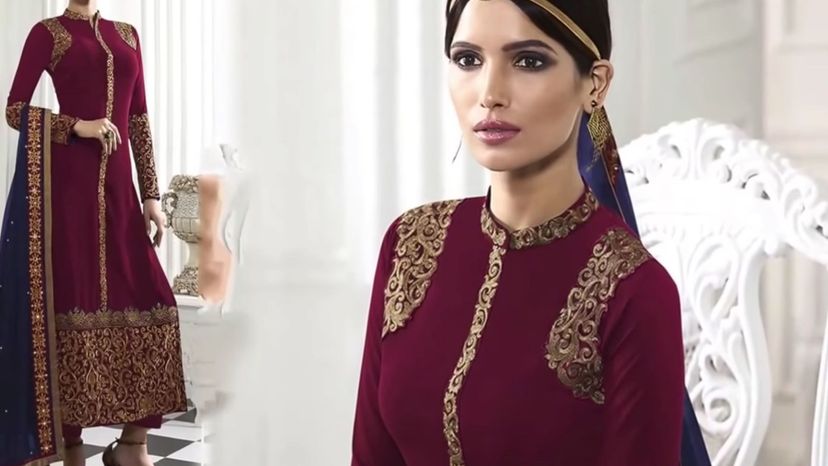
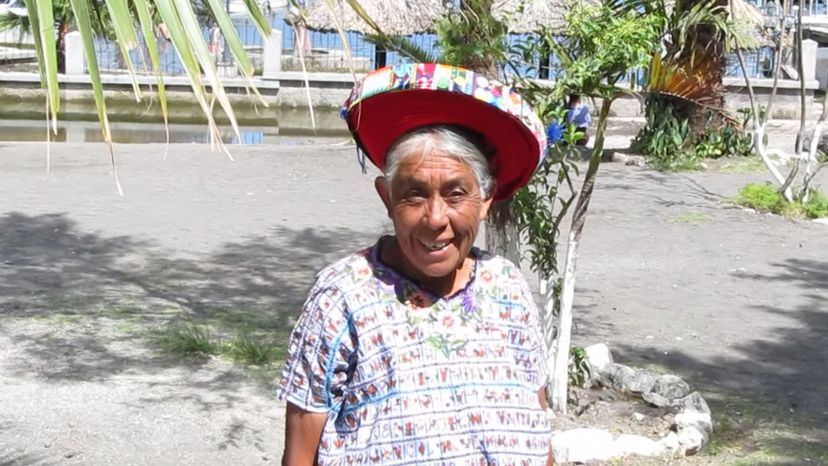
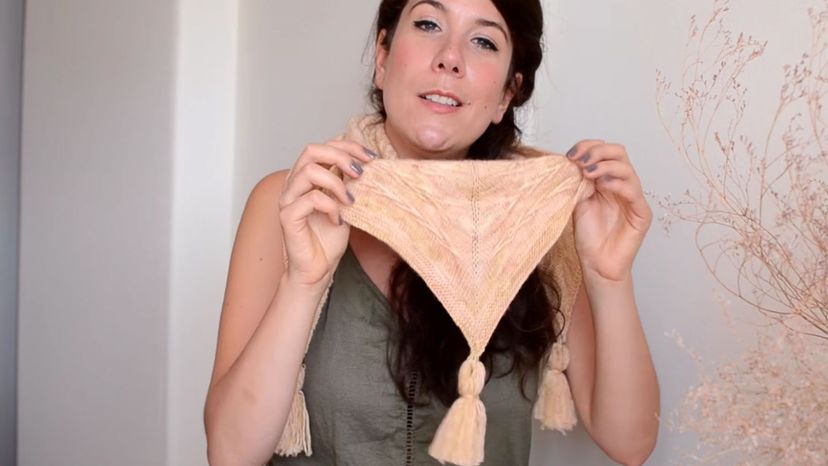
Advertisement

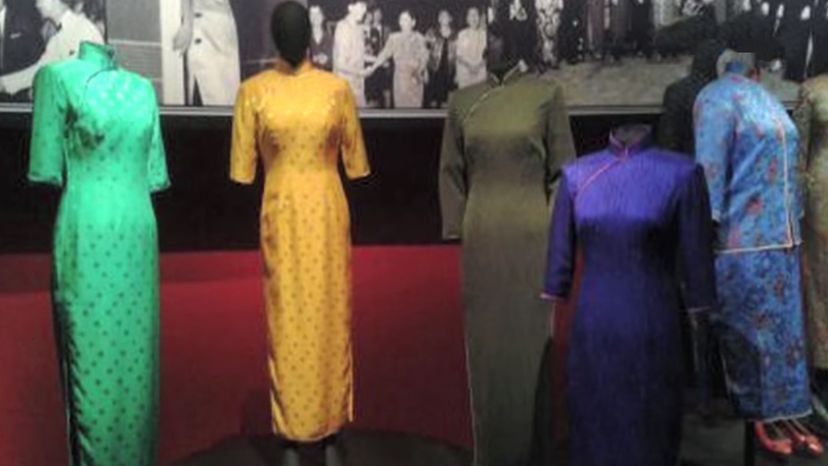
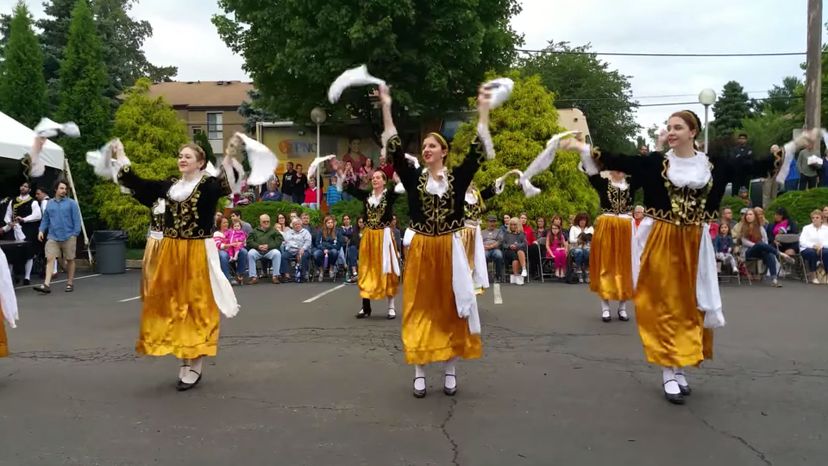
Advertisement
